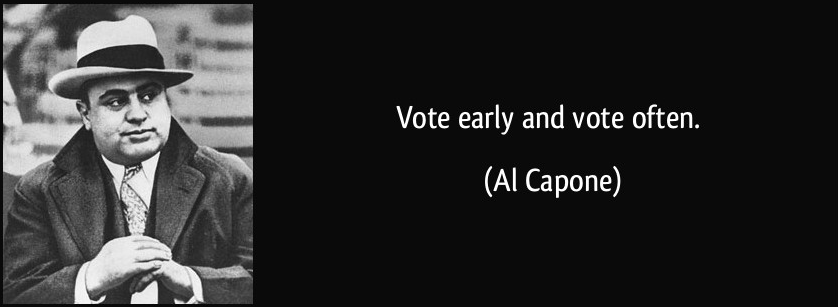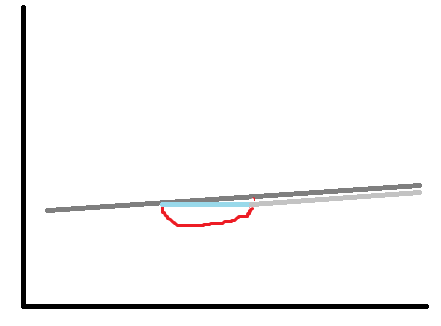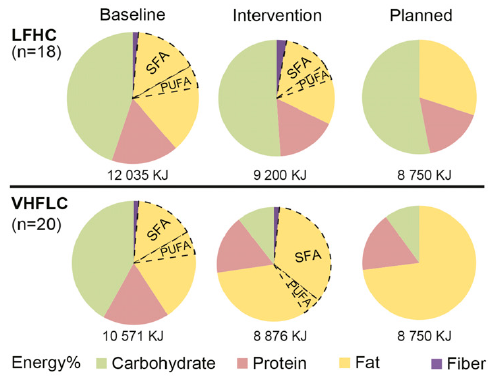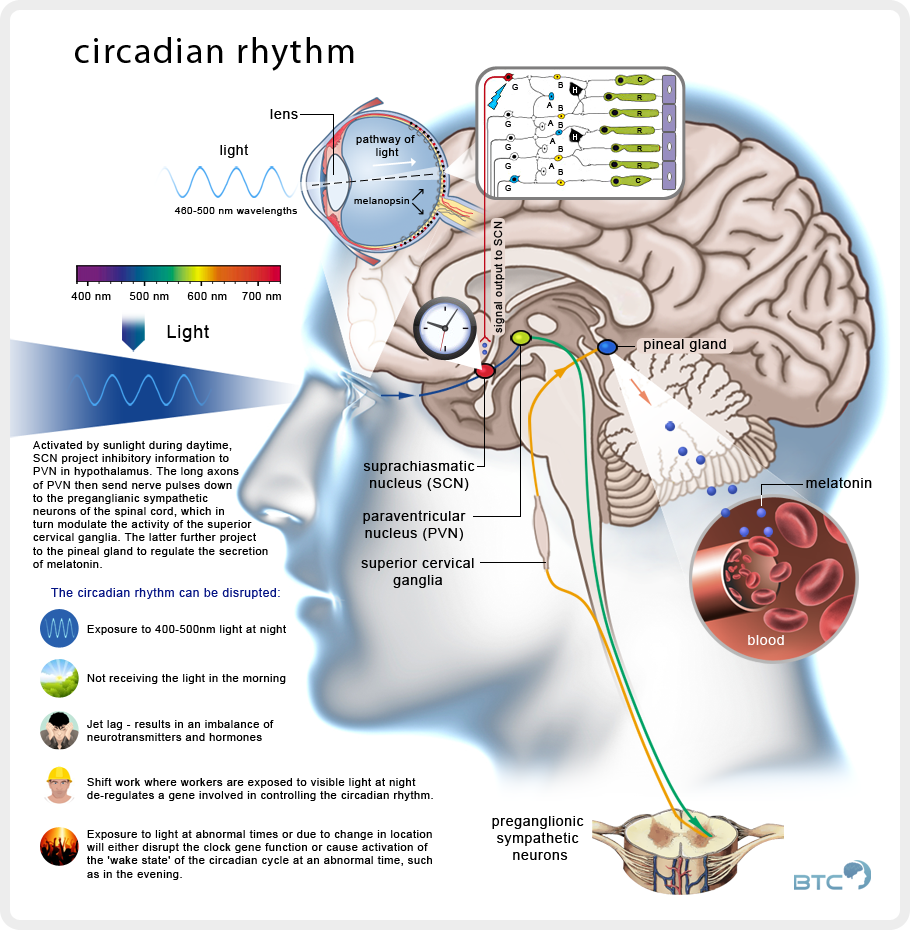Most people make a big deal about protein. I do, too. Low carb diets aren’t muscle-sparing. Again.

Comparison of a Low-Fat Diet to a Low-Carbohydrate Diet on Weight Loss, Body Composition, and Risk Factors for Diabetes and Cardiovascular Disease in Free-Living, Overweight Men and Women (Meckling et al., 2004)
Part 1. Hunger Free Diet(s)
Focus on what they’re eliminating:
LC diet: “limit intake of breads, pastas, rice, and desserts, eliminating intake of deep-fried foods, dried fruit, candy, sweetened soft drinks, and sugar, and increased consumption of vegetables, lean meats, eggs, and nuts”
LF diet: “eliminate high-fat dairy products and substitute with no-fat or LF alternatives, to increase intake of fruits, vegetables, whole-grain breads, and pastas and to eliminate fried foods, cream sauces, and high-fat/sugar cakes, pastries, chocolate, and candy. They were also asked to reduce use of oil products in cooking. As with LC subjects, LF subjects were encouraged to consume lean meats as alternatives to high-fat meat products.”
Continue reading →









